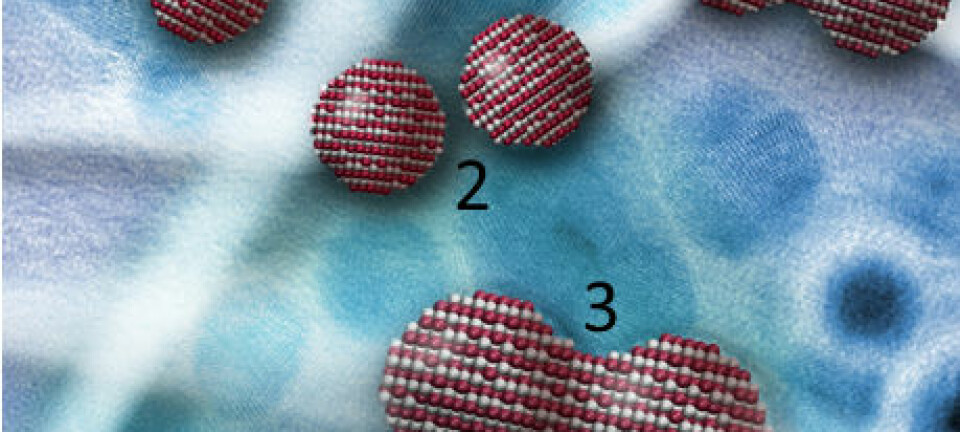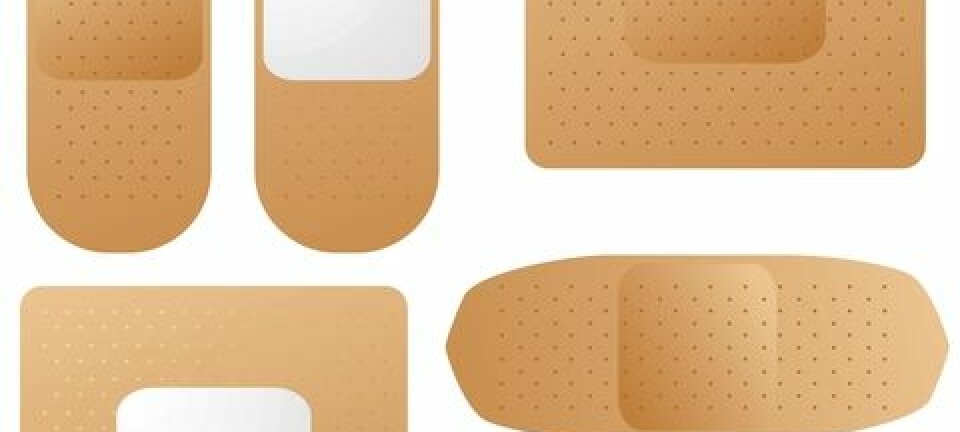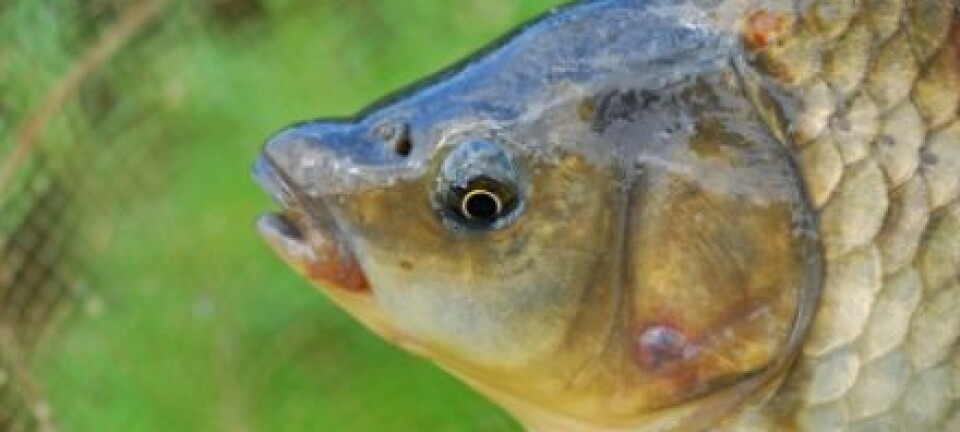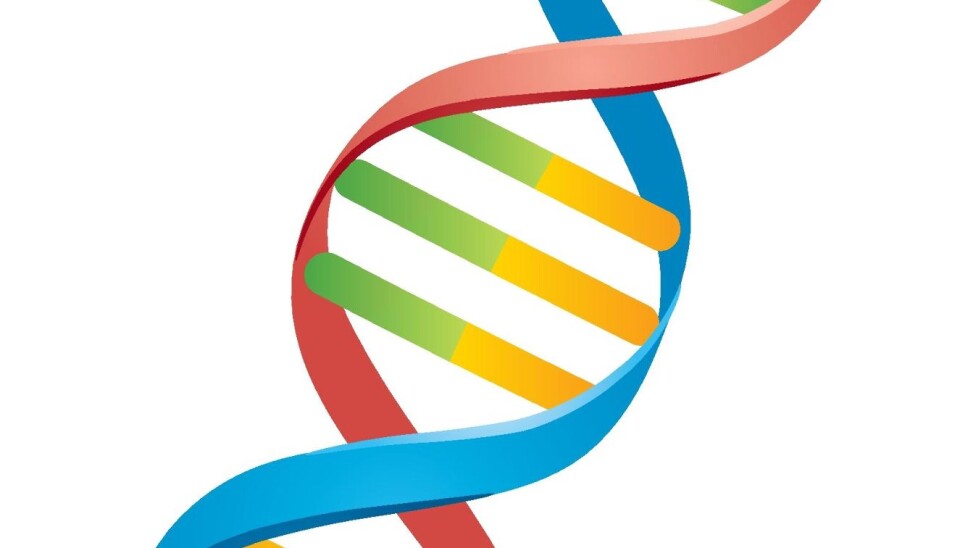
DNA glues oil droplets together
A new method of connecting certain oil molecules could pave the way for intelligent drugs that only target diseased cells.
Imagine that you pour two bottles of the same type of cooking oil into a bowl. As soon as the two oils are in the bowl, it’s impossible to distinguish the two.
But now a team of nano researchers from the University of Southern Denmark (SDU) have come up with a method which makes it possible to put a ‘bar code’ on each tiny droplet of oil.
This enables the researchers to identify the droplets and determine exactly how each individual droplet should bind to the other droplets in the bowl.
“We’re using DNA as a kind of bar code that we put on each of the oil droplets. The droplets are too tiny to be detected with the naked eye, but the DNA enables us to control how they assemble when we mix them up,” says Martin Hanczyc, an associate professor at the Institute of Physics, Chemistry and Pharmacy at SDU.
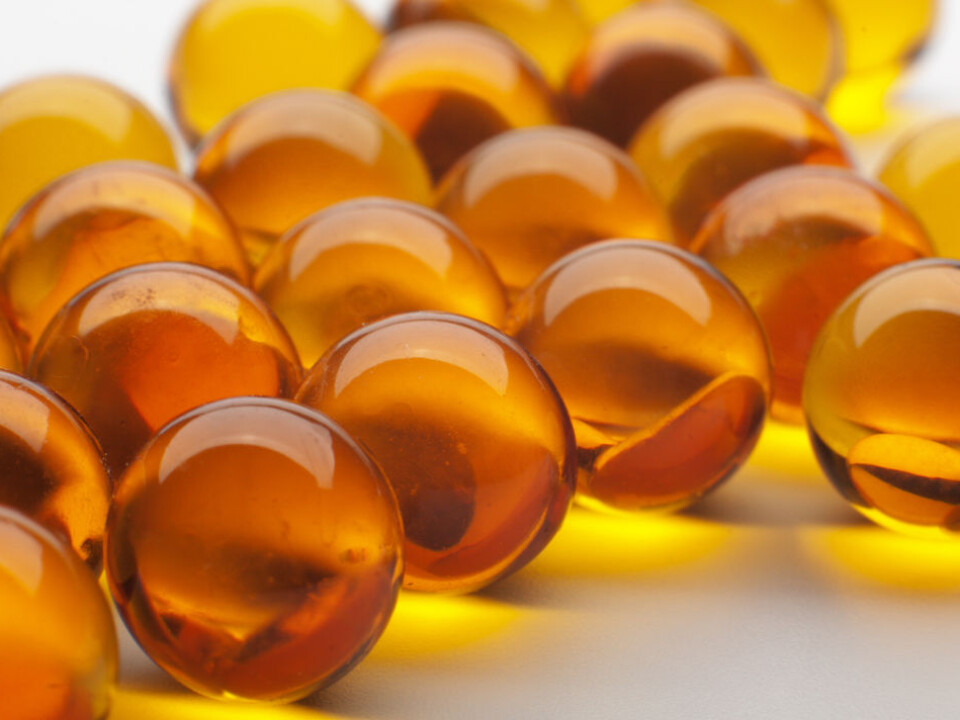
He is one of the scientists behind the new study, which is published in the journal Proceedings of the National Academy of Sciences (PNAS).
DNA assembles itself
Most people think of DNA as the hereditary material in humans, animals and plants, but among nano scientists, DNA is also known as a useful building material. Just over a week ago, the cover of the popular journal Science was adorned with a picture of tiny nano structures representing objects such as skulls, hearts and spacecraft.
These tiny nano structures were composed entirely of DNA, whereas the researchers in the new Danish study have used DNA as a form of glue between their oil droplets.
According to Hanczyc, the oil droplets in his study can be likened to LEGO bricks, just like those on the cover of Science. The DNA functions as the pins on the LEGO bricks which ensure that the bricks assemble in the right way.
“We can e.g. make a rule stating that the red bricks only connect to the green ones, while the yellow bricks only connect to the blue ones. If we have lots of LEGO bricks in a box, we can close the lid and shake the box. When we then open the lid again, we’ll be saying ‘Wow! The bricks have assembled in the right way – automatically,’” says the researcher.
DNA can be recycled
In this same way, the researchers can make the tiny oil droplets assemble according to certain patterns – patterns which are determined by the code in the tiny bit of DNA that has been assigned to each droplet.
Once the tiny ‘invisible’ droplets are assembled in the laboratory, the composite drops become big enough to be visible to the naked eye.
“The great thing is that this whole aggregation process is reversible. If, for example, we change the temperature, we can make all the droplets divide again and then we can recycle both the DNA and the droplets.”
Discovery may lead to new drugs
According to Hanczyc, the new method has a variety of uses for chemists, nanoscientists and medical researchers.
In the future it will for instance be possible to use this method to create intelligent drugs that can recognise the body’s disease cells and target these cells directly, bypassing the healthy cells in the body.
“Much of the medicine we’re using today is not soluble in water, but only in oil. So in a medical context it’s an advantage that we’re now able to control oil,” says Hanczyc.
“One could for example imagine that the method in our study could be used to create a pill with three different compartments. One compartment could contain the drug, while the second one could contain a system that recognises a certain type of disease cells. The third compartment could contain a system which activate the whole thing, so that the drug is released just at the right time.”
---------------------------
Read the Danish version of this article at videnskab.dk
Translated by: Dann Vinther
